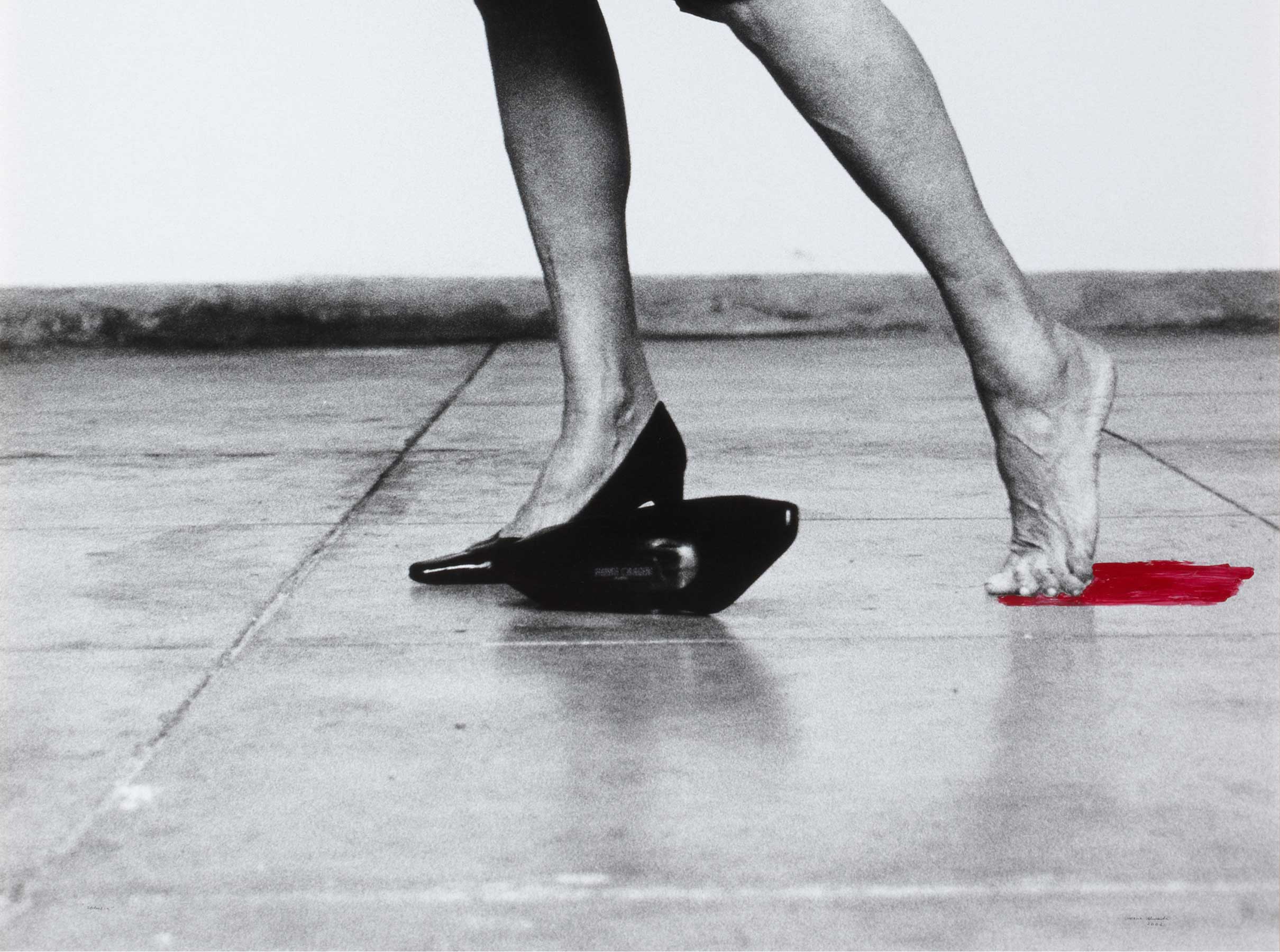Mosaico de San Martín [St. Martin Mosaic]
- 1998
- Oil on canvas
- 22 x 32 cm
- Cat. P_695
- Acquired in 2003
The expressive restraint and formal distillation of Miguel Ángel Campano’s output from the early 1990s contrasts with his work from the turn of the century, marked by his influential first journey to India in 1994 and his receipt of the National Award for Plastic Arts in 1996. St. Martin Mosaic (1998) is the clearest sign of this new shift, harnessing as it does the energy from the dismemberment of the composition into a myriad of small independent paintings (or tiles, to conserve the ‘mosaic’ metaphor of the title), The limits set between forms is already established by the layout in the room, by the wall that is visible between the interstices between the lines, a sort of anti-grid. It is no coincidence that another work from the same period, exhibited alongside St. Martin Mosaic at the Velázquez Palace exhibition hall and entitled Elijah (d’après Daniel Buren) (1996-1999), makes reference to Daniel Buren, an artist known for intervening in the spaces to interrogate both the artwork and the space in which it was exhibited. In this regard, St. Martin Mosaic also represented a new approach to painting (be it an altarpiece, an item of decorative upholstery or a vertical mosaic) and the site in which it is located, which is suddenly galvanised and charged with the electricity that appears to emanate from those intertwined curves.
Other works by Miguel Ángel Campano

![Mosaico de San Martín [St. Martin Mosaic]](/f/webca/INF/assets/img/fff.png)